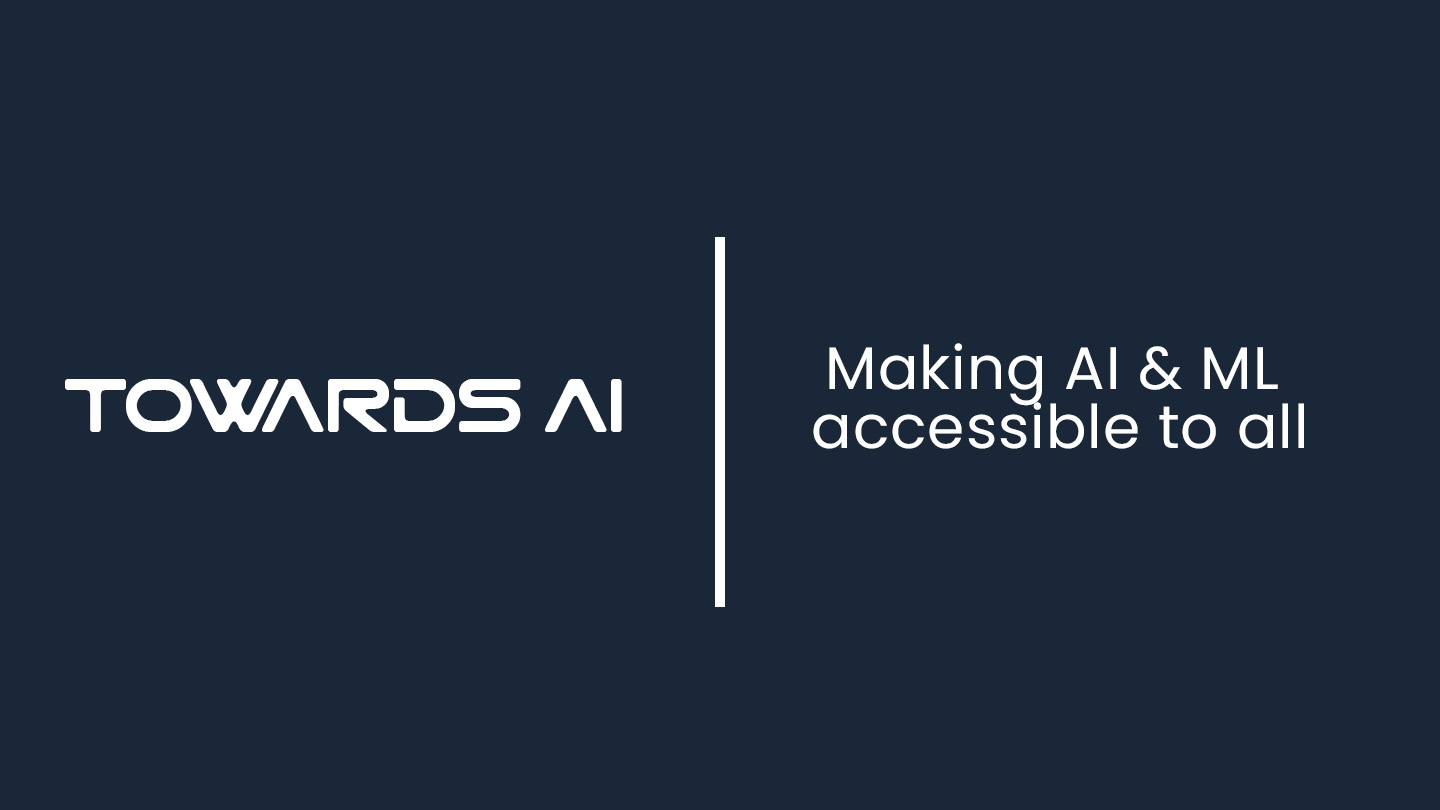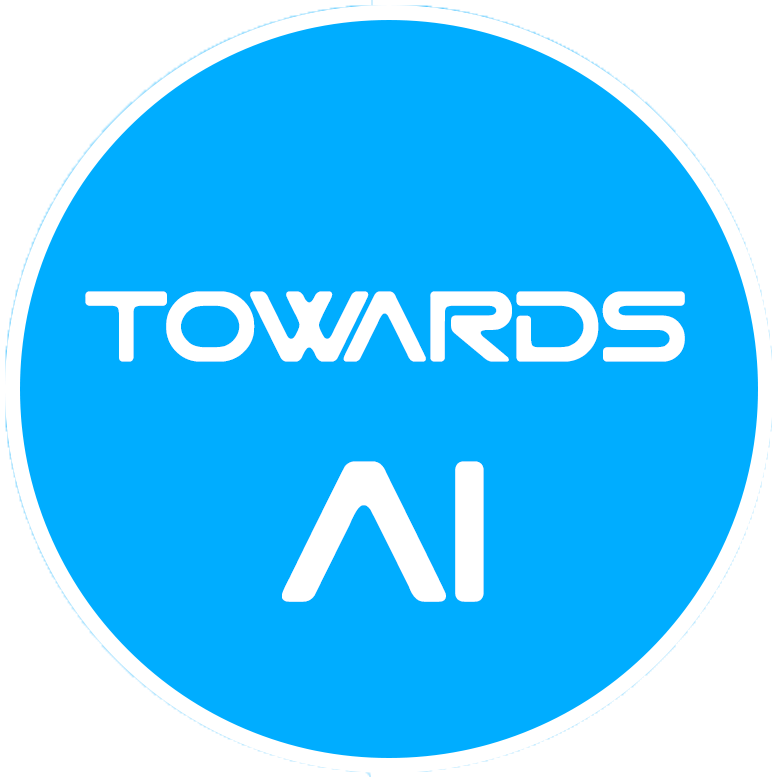An Introduction to Pydantic AI
Author(s): Thomas Reid
Originally published on Towards AI.
Make building production-grade AI Apps easier
This member-only story is on us. Upgrade to access all of Medium.
If I were to ask you what Pydantic was, you might already know that it’s the leading data validation library for Python. If you didn’t know this or haven’t heard of Pydantic before, I’ll leave a link at the end of this article that gives a good overview of its capabilities and use cases.
Why, might you ask, has the organisation behind a data validation library thrown its hat into the AI ring with its latest project Pydantic AI, an agentic AI framework.
That’s a good question, but you might not realise that the original Pydantic library is already deeply embedded in the current APIs and frameworks of most leading LLM providers, including OpenAI, Ollama, Anthropic, CrewAI, and more.
One of the most recent improvements in many LLM APIs — called structured output — would be much more difficult for LLM providers to implement were it not for Pydantic.
So, I think the answer to my question is that Pydantic sees a gap in the market that they believe they are uniquely placed to fill.
Well, for one, the people behind Pydantic AI have a pedigree. The robustness and utility of… Read the full blog for free on Medium.
Join thousands of data leaders on the AI newsletter. Join over 80,000 subscribers and keep up to date with the latest developments in AI. From research to projects and ideas. If you are building an AI startup, an AI-related product, or a service, we invite you to consider becoming a sponsor.
Published via Towards AI













